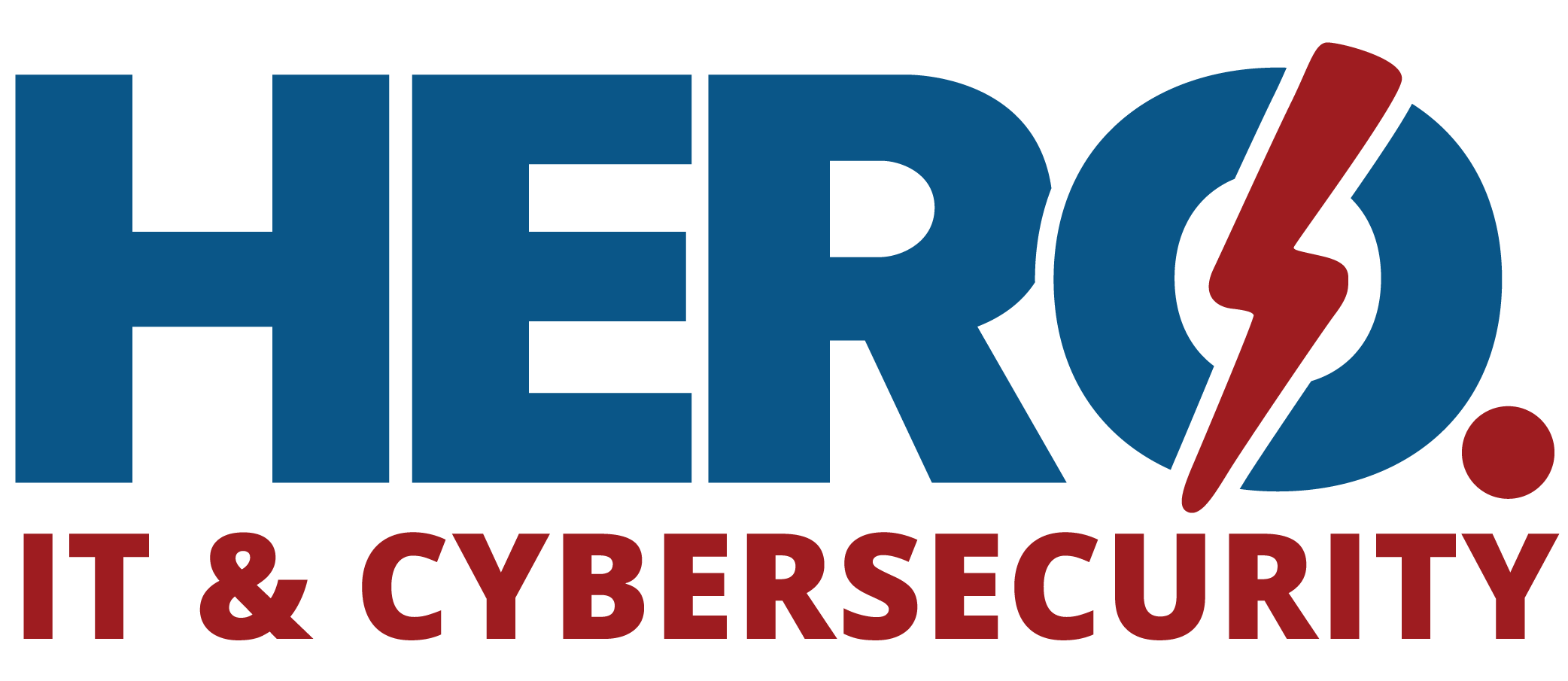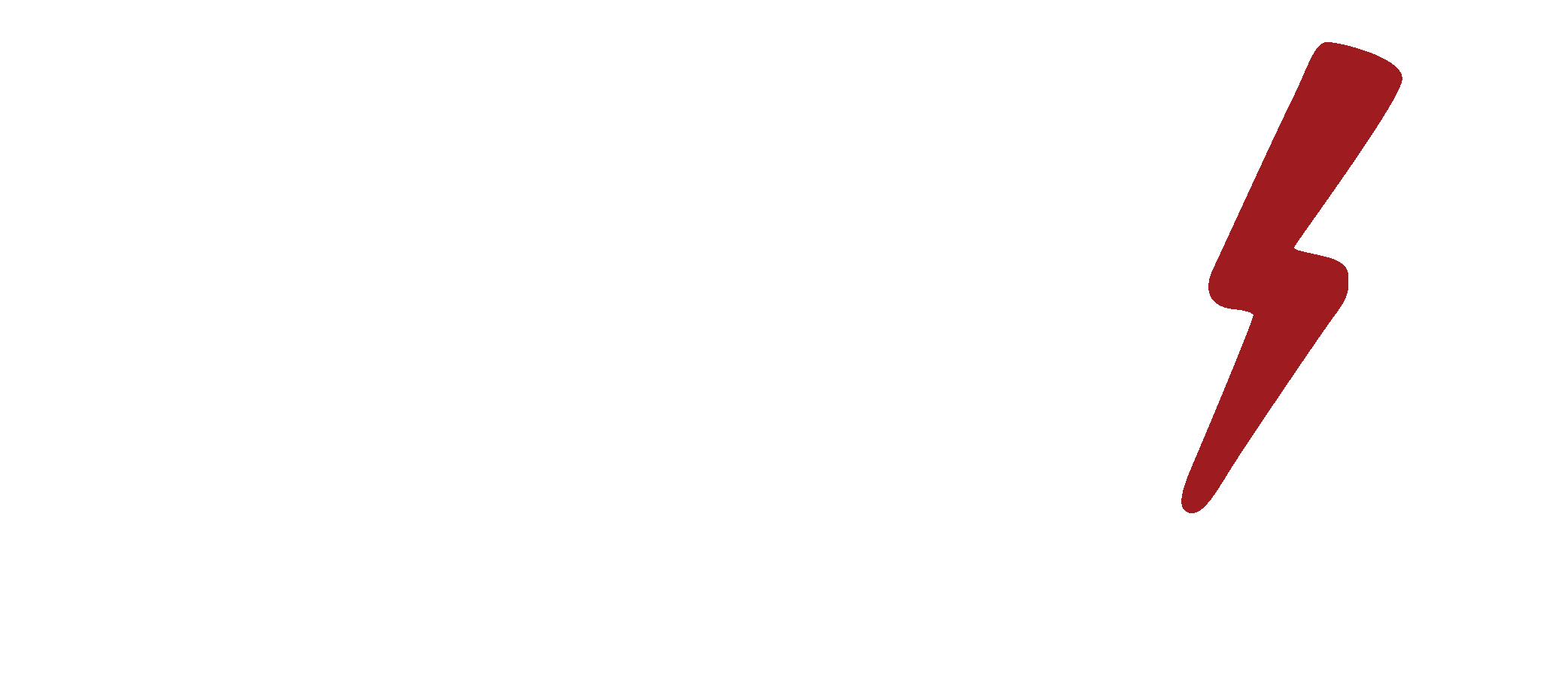
How to Choose the Right Cyber Liability Insurance Policy: A Complete Guide to Coverage, Costs, and Requirements
A single cyberattack can hurt a business’s finances and reputation almost overnight. However, the right cyber liability insurance policy acts as a financial shield by paying back breach costs, funding legal defenses, and covering government fines. In this guide, you’ll learn how cyber liability insurance protects your direct costs and your duties to others. Additionally, you will assess your company’s unique risks, compare policy parts and limits, meet insurer rules, budget well, and select a trusted provider—especially in Tampa.
What Is Cyber Liability Insurance and Why Is It Essential?
Cyber liability insurance is a special policy that pays businesses back for money lost from data breaches, ransomware attacks, and other online threats. As a result, by covering direct recovery costs and your responsibility to others, it reduces downtime and shields your company from steep government penalties. Therefore, understanding these protections is the first step to picking a policy that fits your risk profile.
What Does Cyber Liability Insurance Cover?
Cyber liability insurance typically covers both your own costs and your responsibilities to others. This means it offers complete financial protection and legal support when digital problems happen.
Below is an overview of core coverage options:
| Coverage Type | Covered Risks | Payout Examples |
|---|---|---|
| First-Party Coverage | Data recovery, ransomware payments, business downtime | Restoring locked files, lost income costs |
| Third-Party Liability | Legal defense, government fines, customer notices | Lawyer fees, GDPR/FTC fines, notification mailings |
| Incident Response Costs | Forensic investigation, public relations | Hiring cyber experts, PR crisis help |
| Privacy Liability | Breach of personal customer information (PII) | Lawsuit payments, government investigation costs |
In short, first-party and third-party coverage work together to protect your direct business losses and what you owe to outside parties. This leads us to how these two types of coverage differ.
How Do First-Party and Third-Party Coverage Differ?
First-party coverage pays you back for costs your company faces directly, such as hiring experts, restoring data, and lost income from downtime. On the other hand, third-party coverage handles claims from customers or partners, covering legal fees, payments, and government fines.
- First-Party Coverage focuses on your internal recovery costs.
- Third-Party Coverage handles outside legal duties and reputation repair.
- Together, they form a complete risk-reduction plan.
Knowing these differences makes policy selection clearer and leads into the common online threats that policies usually address.
Which Common Cyber Threats Are Covered by Policies?
Most policies clearly cover these common online threats:
- Ransomware – Insurers pay back ransom payments and recovery costs to unlock your files.
- Data Breaches – Coverage includes the costs to notify people and provide credit monitoring.
- Phishing Attacks – Includes response services for problems started by scam emails.
- Malware Infections – Pays for costs to remove harmful software and fix your systems.
Understanding these covered threats shows the policy’s value and sets the stage for how insurance handles fines from the government.
How Does Cyber Liability Insurance Protect Against Regulatory Fines?
Cyber liability insurance protects against fines by covering legal costs and payments related to breaking data privacy laws like HIPAA or PCI DSS. For example, when the government issues penalties after a breach, your policy’s privacy coverage funds your legal team and pays fines up to the policy limit. This ensures that compliance gaps don’t turn into devastating financial losses.
How to Assess Your Business’s Cyber Risk Profile Before Choosing a Policy
Checking your cyber risk profile means looking at industry threats, the data you keep, your company size, and your current security. This process helps you decide on the right coverage levels and policy features. Ultimately, a custom risk check ensures you invest in the right policy, not a one-size-fits-all solution.
What Industry-Specific Risks Affect Cyber Insurance Needs?
Different industries face different key weaknesses:
- Healthcare companies must protect patient records under HIPAA rules.
- Financial firms deal with payment scams and PCI DSS rules.
- Retail businesses face malware at checkout and customer data breaches.
- Manufacturers risk shutdowns from tech vulnerabilities.
Identifying your industry’s risks points directly to the coverage options and limits you need.
How Does Data Sensitivity Influence Policy Selection?
The amount and type of data you store—like social security numbers or financial records—drives the need for higher coverage limits for privacy and crisis help. In fact, policies can be adjusted with specific limits for sensitive data. This makes sure that notification and repair costs are fully covered when a breach involves protected information.
Why Is Revenue Size Important for Cyber Insurance Coverage?
Insurers use your yearly revenue to calculate premiums and set your coverage limits. Generally, larger revenues need higher coverage limits to account for bigger breach costs and longer business downtime. Therefore, reporting your revenue correctly helps you avoid being underinsured.
How Do Existing Cybersecurity Measures Affect Your Risk Assessment?
Using strong security controls shows insurers you are a lower risk, which can lower your premiums. For instance, things like multi-factor authentication (MFA), employee training, and robust security controls can help. Insurers often require proof of these measures before they will offer coverage. So, checking your current security setup shapes both your risk score and your ability to get a policy.
Once you have defined your risk profile, you can then compare the key parts, limits, and exclusions that make each policy different.
What Are the Key Components and Limits of Cyber Liability Insurance Policies?
A good policy is made of detailed limits, deductibles, and add-ons that define what is covered and what is not. Understanding these parts ensures you pick a policy that fits your company’s financial goals.
How Do Policy Limits and Deductibles Work?
Policy limits are the maximum amount an insurer will pay per event and in total. On the other hand, deductibles are what you pay out-of-pocket before the insurance money starts. Balancing higher limits with a deductible you can afford is the best way to manage costs and risk.
| Deductible Option | Per-Event Limit | Total Limit |
|---|---|---|
| Low Deductible (e.g., $5,000) | $1,000,000 | $2,000,000 |
| Medium Deductible ($25,000) | $2,500,000 | $5,000,000 |
| High Deductible ($50,000+) | $5,000,000+ | $10,000,000+ |
Picking the right deductible affects your premium costs and the cash you’ll need after a problem. This choice also guides other policy features, like incident response.
What Are Common Cyber Insurance Exclusions to Watch For?
Policies often do not cover:
- Acts of war or cyberattacks from a country
- Claims for physical injury or property damage
- Problems you knew about before the policy started
- Tech errors unless you have a specific add-on
Therefore, reviewing exclusions and adding coverage for things like social engineering scams ensures you close important gaps.
How Do Policy Features Like Incident Response and Business Interruption Coverage Help?
Incident response services pay for investigators, lawyers, and PR experts right after a breach. This helps speed up recovery and reduce damage to your reputation. Similarly, business interruption coverage replaces lost income while you are shut down. These features are the backbone of good cyber risk management.
With a clear view of policy structure, the next step is meeting the insurer’s security rules.
What Cybersecurity Requirements Do Insurers Typically Mandate?
Insurers reduce their potential losses by requiring basic security controls from you. Showing you have these controls in place makes getting a policy easier and can lead to better prices.
Why Is Multi-Factor Authentication (MFA) a Common Requirement?
MFA adds an extra login step—like a code from your phone—to prevent break-ins even if passwords are stolen. Because of this, insurers see MFA as a powerful way to stop account takeovers, which reduces the chance of costly breaches.
How Does Employee Cybersecurity Training Reduce Risk?
Regular staff training on phishing and passwords creates a security-focused culture. In fact, it can cut down on human error by up to 70%. This simple step addresses a very common cause of breaches and meets insurer expectations for managing risk.
What Role Do Data Backups and Endpoint Detection Play in Coverage?
Secure, tested data backups help you recover quickly from ransomware, which reduces downtime. Additionally, Endpoint detection and response (EDR) tools watch for early signs of threats. Insurers often reward businesses that use these tools with lower premiums.
How Do Identity Access Management (IAM) and Patch Management Affect Policy Approval?
IAM controls who can access sensitive data, while patch management closes known security holes in your software. For this reason, insurers require proof of good IAM policies and patching schedules before they will offer coverage.
Making sure you have these controls lets you move on to budgeting with confidence.
How Much Does Cyber Liability Insurance Cost and How Can You Budget Effectively?
The cost of insurance changes based on your risk, coverage limits, and security measures. A smart budgeting plan matches your premium costs with your company’s finances.
What Factors Influence Cyber Insurance Premiums?
Premiums are shaped by:
- Yearly revenue and industry type
- Amount and type of data you store
- Your current security controls (MFA, EDR, etc.)
- Your history of past claims
- Your chosen coverage limits and deductibles
In short, looking at these factors helps you plan an accurate budget for your premium.
How Can Small Businesses Find Affordable Cyber Insurance?
Small businesses can lower costs by:
- Implementing Mandatory Controls – Meeting insurer rules for MFA, backups, and training.
- Choosing Tiered Limits – Starting with smaller limits and growing them as needed.
- Bundling Policies – Adding cyber coverage to existing policies for a discount.
- Exploring Specialized Insurers – Working with companies focused on small business cyber plans.
These methods help you balance good protection with your budget.
What Are Typical Deductible Options and Their Impact on Cost?
Higher deductibles lower your premium price but mean you need more cash on hand if you file a claim. Usually, picking a mid-range deductible gives you a good mix of affordable premiums and manageable out-of-pocket costs.
With costs in mind, you’re ready to find a provider and get accurate quotes.
How to Find the Right Cyber Liability Insurance Provider and Get Accurate Quotes
Choosing a provider means comparing their coverage, reputation, and service. A good quote process gives you clear details on policy terms and prices so you can make a smart choice.
What Should You Look for When Comparing Cyber Insurance Providers?
You should judge providers based on:
- The variety of their coverage and add-on options
- Their incident response team and expert network
- Their experience in your specific industry
- Their financial strength and reputation for paying claims
- Their customer support and risk management help
In other words, focusing on these factors ensures you find a partner that fits your business needs.
How Does the Cyber Liability Insurance Quote Process Work?
The quote process usually follows these steps:
- Information Gathering – You give details on your revenue, data, and security controls.
- Risk Assessment – The provider reviews your application and security documents.
- Proposal Issuance – You receive detailed policy terms, limits, and premium costs.
- Negotiation and Customization – You can adjust limits and deductibles to fit your needs.
- Binding Coverage – You finalize the application, pay the premium, and get your policy.
Understanding each step makes the buying process faster and helps avoid surprises.
Why Consider Local Providers for Cyber Liability Insurance in Tampa?
Local Tampa insurers know state-specific rules, like Florida’s breach notification laws. Additionally, they understand unique risks for Bay Area businesses, such as tourism-related data or local supply chain issues. Therefore, partnering with a local agent ensures you get custom advice and faster claims support.
Once you have coverage, the final chapter explains how to use your policy when a cyber incident occurs.
How to Manage a Cyber Incident Using Your Cyber Liability Insurance Policy
Good incident management uses both your own team and your insurer’s resources. This helps to contain damage, restore operations, and communicate clearly with everyone involved.
What Is Incident Response Planning and How Does Insurance Support It?
Incident response planning sets up roles and steps for handling cyber events. Luckily, insurance policies often include access to a network of approved experts in forensics, law, and public relations. This allows for immediate help and organized crisis management that reduces downtime and protects your reputation.
How Does the Claims Process Work After a Cyber Event?
After an incident:
- Immediate Notification – Tell your insurer’s claims team right away.
- Documentation Submission – Provide reports, invoices, and breach notices.
- Coverage Verification – The insurer confirms your covered losses.
- Expense Reimbursement – The insurer pays you back for approved costs.
- Lessons Learned – Finally, you can review the claim to improve your security.
A clear claims process speeds up recovery and builds trust in your insurer.
What Are Real-World Examples of Cyber Insurance Helping Tampa Businesses?
Several Tampa-area companies have used cyber policies to handle breaches:
- A local financial firm recovered locked client data in 48 hours using insurer-led experts.
- An online store covered $200,000 in breach notification costs after a customer data leak.
- A manufacturer covered $150,000 in downtime losses and got legal help from the state.
Ultimately, these examples show how good coverage and a fast insurer response protect businesses.
Cyber liability insurance is a key part of modern risk management. It covers direct recovery costs, legal duties, and government fines. By checking your risk profile, understanding policy parts, meeting security rules, budgeting wisely, picking the right provider—especially in Tampa—and having a strong incident response plan, you can ensure complete protection against growing online threats. Look into policy options today to protect your business’s future.
More Ways to Partner With HERO
Need Something Else? Explore Fully
Managed or Custom IT Solutions
Not every business needs a co-managed IT solution—and that’s okay. At HERO, we offer a range of service models built around how you operate today and where you’re headed tomorrow. Whether you're looking to fully outsource your IT to a trusted provider, reduce vendor overhead, or create a hybrid model that blends internal resources with external support, we’ll help you design a solution that fits your structure, staff, and goals.
If Co-Managed IT isn't quite right, let’s talk about other options like fully managed IT services, strategic consulting, or project-based support. Every plan we build is custom, scalable, and aligned with your long-term vision.
Passionate - Dedicated - Professional
what people are saying
Our clients don’t just stay with us—they advocate for us. From rapid response times to strategic technology guidance, businesses across Florida and beyond trust HERO to deliver results that make a difference. Read what real customers have to say about partnering with our team of IT professionals.
Other IT Service Models
Secure by Design, Compliant by Default
When it comes to cybersecurity and compliance, cutting corners isn't an option. HERO is committed to meeting the most rigorous industry standards to protect your business-critical data and systems. We maintain and align with frameworks such as HIPAA, SOC 2 Type II, PCI DSS, NIST 800-53 and CMMC 2.0, ensuring your IT infrastructure supports both operational needs and regulatory requirements. Whether you're in healthcare, finance, or professional services—you can trust HERO to deliver secure, compliant, and fully auditable IT solutions.
Your data is protected. Your compliance is covered.




Ready for a Better IT Experience?
HERO Managed Services delivers more than just support—we provide secure, scalable, and strategic IT solutions designed to help your business grow. Whether you need fully managed IT, co-managed support, or advanced cybersecurity protection, we’re here to be your trusted technology partner.


